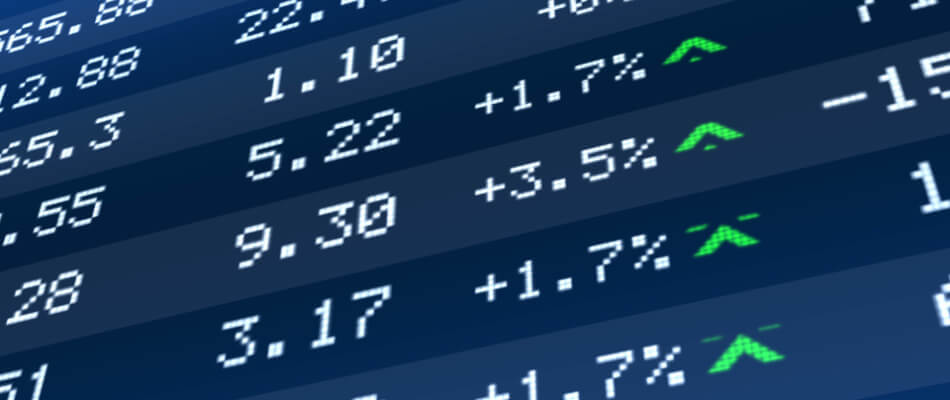Corporate bond yield
Corporate bonds are loans that are put on the market by companies. In short, if you buy such a corporate bond, you lend money to the company in question. In most cases, there is compensation in the form of a coupon interest. However, that is not the only way to achieve a return with these corporate bonds.
Yield via coupon interest
For lending your money, you are rewarded with a predetermined interest rate, which is also called coupon interest . This interest is paid out periodically (for example annually) to the owners of those corporate bonds during the term of a bond. If the company has a high credit rating, then the chance that the loan cannot ultimately be repaid is smaller. As a result, the interest rate on bonds from this type of company will generally be low. The reverse is also true: companies with a low credit rating issue bonds with a higher interest rate, because the chance that the loan cannot ultimately be repaid is proportionally greater.
It is not self-evident that the coupon rate of a bond will remain constant during the term, which would in turn affect the return on the corporate bond. The agreement for a variable interest rate can also be made upon issue. In the run-up to each new periodic interest payment, the amount of interest to be paid is then determined anew. Other financial factors are often taken into account, such as the level of the Euribor. In Europe, the Euribor is seen as the average interest rate at which banks lend to each other.
Return via capital gains
Just like stocks, bonds can also increase in value. After all, they are just a security that is traded on the stock exchange and is subject to price fluctuations due to supply and demand. There are several factors that determine the price of a corporate bond on the stock exchange.
Firstly, there is the interest rate risk of a bond. This is related to the previously mentioned creditworthiness of the company. This latter is also called debtor risk. If interest rates on the financial markets fall, then bonds with a high interest rate will become more popular and therefore rise in price. In this case too, the exact opposite effect can apply.
In short, a rising market interest rate, which ultimately results in lower prices for bonds. Because it is of course more difficult to predict market developments far into the future, the prices of bonds with a longer term will show stronger increases and decreases than bonds with a short term.

Example of a return on a corporate bond
Bond prices are always indicated as a percentage. Suppose a corporate bond has a nominal value of 1,000 euros and a price of 106%, then its market value is (106% of 1,000 euros) 1,060 euros. In most cases, a bond has a fixed term. For example, 10 years. At the end of that term, the owner of such a corporate bond receives back the lent 1,000 euros with a possible final payment of the agreed coupon interest. Read more about the terms of corporate bonds .
Buying a corporate bond just before the periodic interest payment in order to benefit from the full interest payment, however, misses the boat. There is always a partial settlement, whereby the previous owner of the bond receives his or her proportional share of interest over the period that he or she owned the security.
Compare brokers and start investing in bonds
Are you excited about investing in bonds after reading this article? Check out brokers that offer bonds and find the broker that suits you best!